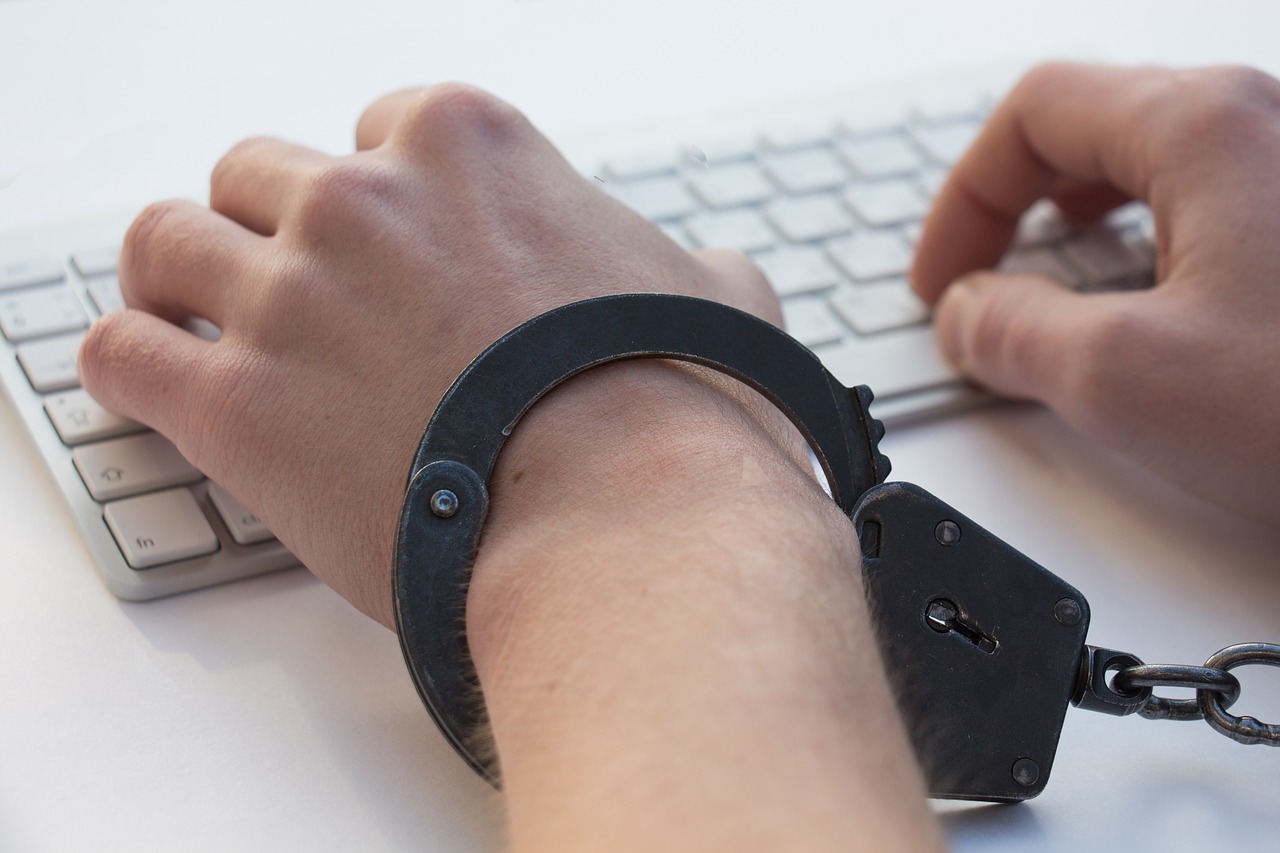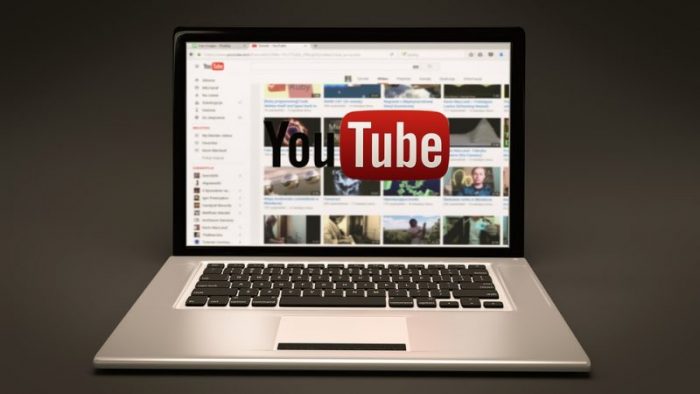
“YouTube addiction” fills a surprising number of pages on the Web. But, a less serious and more common problem associated with YouTube use is compulsion.
Compulsive YouTube use occurs when a person is unable to exercise self-control overuse. You can get a sense of compulsive use by thinking about those moments when you can’t resist the temptation to watch recommended videos after the one or two you had initially planned. If you can’t stop watching recommended videos, your YouTube use might be compulsive.
Compulsive use is not addiction
Compulsive use might make you feel addicted. But, if you encounter no serious consequences, you are more likely to be a compulsive YouTube user than an addict.
With addiction, escalating use takes time, effort, energy, and attention away from other activities, resulting in a decline in health, loss of important relationships, and failure in other endeavors such as study or work.
Opportunities for compulsive YouTube use
YouTube has social networking characteristics that allow you to upload your own content (videos) and comment on content uploaded by others. However, most YouTube users watch videos rather than actively contribute to the platform.
Open just one video on YouTube, and you can see the strength of its social network-powered algorithm.
You see the video screen, associated comments and likes, uploader (content provider) name and text, and an illustrated list of recommended videos that users like you have watched. If you are interested, you can click to see what else a content provider has been uploading, follow the authors of comments, or view a recommended video. Linking this way requires the user to take action (click a link).
More difficult to control is the automatic loop to another video (selected by the YouTube algorithm to be of interest to you) once the video you started watching is done. You must make a choice to stop watching at some point, otherwise, you can chain through videos until (as a participant in one of our studies said) you find yourself watching cat videos.
Who can, and who cannot, control YouTube use?
We asked 807 students at a well-ranked research university in Malaysia about their YouTube use to understand how much ability to control YouTube use was related to personality and how much it was related to their reason for using the platform (formally, their use motivation).
Because educational YouTube videos are often recommended to students (one simple example is The Mean, Median, and Mode Song), they have an educational reason to watch. However, some students don’t stop once they’ve viewed the recommended video. They chain or link to other videos until they are watching for entertainment more than to learn.
Uses and gratifications
YouTube is a medium for dissemination of information and entertainment. In this way, it is similar to television or radio. According to the uses and gratifications theory of media use, use of a medium is motivated by a person’s need for gratification (also called fulfillment).
Information gratification is the need or desire to learn or obtain information. Use for entertainment is motivated by hedonic gratification, typically associated with positive emotions such as enjoyment.
YouTube use can also be motivated by a need for social connections, but this is more relevant to people who contribute to YouTube. We limited our study to motivation to use YouTube to watch videos for information and entertainment.
Identifying and measuring compulsive YouTube use

Credit: Pixabay
Compulsive YouTube use is better considered along a spectrum than as a binary either/or classification. We measured compulsive use in a range from 1 (none) to 5 (considerable) using adapted from other studies:
- I have made unsuccessful attempts to control my use of YouTube
- I am not able to reduce the amount of time I spend on YouTube
- I have tried to stop using YouTube
- I am not able to stop using YouTube
Students answered each question by choosing a number from 1 (strongly disagree), 2 (disagree), 3 (neither agree nor disagree), 4 (agree), or 5 (strongly agree). Compulsive use was the mean of these answers. Scores above 3, obtained by almost 20% of students in our study, indicate some degree of compulsive YouTube use.
Compulsive use was associated with the extent of use, although extensive use was not necessarily compulsive. One-third of students who logged in to YouTube more than once a day were compulsive users, as were almost one-third of students who used it for two or more hours each session.
Risk of compulsive YouTube use by students
What did we discover?
Firstly, while compulsive use was associated with the extent of use, extensive use was not necessarily compulsive. One-third of students who logged in to YouTube more than once a day were compulsive users, as were almost one-third of students who used it for two or more hours each session.
It was concerning that, while compulsive YouTube use need not have a direct, negative effect on academic performance, it does have a negative effect on students’ beliefs that studying at university is worthwhile (their academic motivation).
Entertainment, more compulsive; Learning, less compulsive
The stronger a student’s motivation to use YouTube for entertainment, the higher their compulsive use score. On the other hand, stronger motivation to use YouTube for information and learning predicted lower compulsive use scores.
The negative effect of entertainment motivation on compulsive use was twice as strong as the positive effect of information motivation. In practical terms, it seems potentially compulsive YouTube users need strong information motivation to counter the distraction of linking to videos purely for entertainment.
Personality matters, too
We used the Five Factor model of personality to understand how personality affects compulsive YouTube use. Two of the five factors made a difference: Agreeableness (friendliness, kindness, and concern for social cohesion), and Neuroticism (prone to negative emotion, anxiety, and low mood).
Neuroticism predicts more compulsive YouTube use. On the other hand, agreeable people are less likely to be compulsive users. The positive affect of agreeability is twice as strong as the negative effect of neuroticism.
Motivation and personality effects are additive
YouTube use motivation has the same effect on compulsive use, regardless of personality. In technical terms, the effects of use motivation and personality on compulsive use are independent of one another.
Compulsive YouTube use reflects both personality and motivation. And with almost equal strength.
Entertainment motivation, for someone with a neurotic personality, is a recipe for compulsive use. On the other hand, someone with an agreeable personality who looks to YouTube for information is unlikely to use the platform compulsively.
What can we do about compulsive YouTube use?
Neither personality nor a media user’s underlying, intrinsic needs for gratification are easily or quickly changed. A teacher might encourage or require a student to watch an instructional video. The same student is also likely to receive recommendations from peers and others, either directly or through the genius of the YouTube algorithm. YouTube users watch more entertainment content than information content, so there is also more entertainment to simply stumble upon.
We believe that awareness is key.
Google, the parent of YouTube, agrees. In May this year, Google introduced a suite of YouTube awareness and time management tools, accompanied by recommendations for self-management of time spent on the platform.
Instructors should take the risks of compulsive use into account when they propose YouTube resources to their students. Thoughtful selection of relevant resources, carefully embedded into a wider set of engaging learning materials and activities, might reduce the risk of students becoming distracted by entertainment opportunities.
We would also like to see people who are concerned they are “addicted” to YouTube and other social media learn to self-evaluate: is my use seriously harmful to myself or others (more likely addiction), or is it that I have not developed a self-control mechanism against compulsive use?
Understanding the nature of compulsive YouTube use and risks associated with compulsive use might help users develop self-management skills. To achieve this, Internet user and information literacy educators in schools, colleges, and information centers could extend the discussion of the risks associated with social media use to include discussion of video chaining and compulsive use of social media sites like YouTube, along with strategies for self-management during use.
None of these ideas for gaining awareness and mitigating the difficulties of compulsive YouTube use have, however, been tested. More research is needed, and we look forward to seeing the results.
These findings are described in the article entitled Compulsive YouTube usage: A comparison of use motivation and personality effects, recently published in the journal Computers in Human Behavior. This work was conducted by Jane E. Klobas and Tanya J. McGill from Murdoch University, and Sedigheh Moghavvemi and Tanousha Paramanathan from the University of Malaya.









